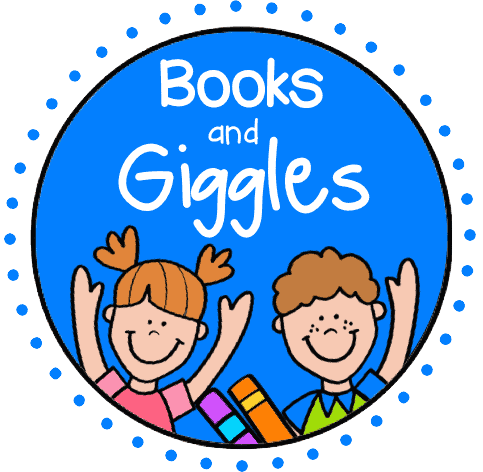Map Activity for Preschool and Kindergarten
Inside: This simple preschool and kindergarten map activity helps develop spatial awareness and introduces kids to some beginning map concepts.

Today I have a special treat for you – a guest post from teacher Camile Clarke. Camile is a National Geographic Certified Educator and Geologist with a passion for writing and teaching curious kids about the natural world. Here’s what she has to share:
Maps are everywhere. As adults we use them often to navigate the world around us. It’s now important for our little ones develop sound spatial thinking skills early on.
This map activity introduces students to the idea that maps show us where things are located. Your students will learn to map features such as land, water, or buildings. Kids already have some idea of the layout of their surroundings; their home, school, or even the neighborhood. This activity is hands-on, packed with fun, and will surely help to develop spatial literacy!
If you’re like me, (I’m pretty sure most teachers are), you’ll go crazy in the school supplies aisle just because you can see the dozen or so fun activities you can do with your kids. You probably also have a special drawer where you keep bottle caps or tissue rolls for craft or projects? Well, for this activity, you’ll be able to pull out those bits and bobs you’ve been saving for the perfect craft task or learning experience!
Map Activity Materials
Here’s everything you’ll need to get this fun activity going:
- Chipboard/Cardboard
- Scissors
- Glue
- Construction paper
- Markers
- Playdough
- Paint
- Globe/Map of the World
- Craft sticks
- Miscellaneous items such as stickers, square beads, etc.

Setting the Pace
To get this activity started you first want to introduce kids to maps (if they haven’t been before). A simple, colorful map of the world or a globe will do just fine to start. If you don’t have a map or globe, you and your little ones can watch an episode of Dora the Explorer to see maps in action!
You’ll definitely want to use this time to cover ideas such as:
- Maps show us where places are
- Maps can show natural features or human features such as buildings or roads
- The color blue shows where we can find rivers, lakes, or oceans
- People use maps every day (car navigation, TV meteorologists, etc.)

Building Spatial Awareness
You can get the discussion going by asking students to note where things are in the classroom. A great warmup map-making activity would be to have kids create a simple plan of the room to show where seats, cupboards, or shelves are.
We can help them along by providing a bordered sheet (like this one) to represent the room. This map activity will help them get their bearings together and teach them to be more aware of objects around them.

After the warm-up, the real fun begins!
Do involve students in preparing materials for making their maps. If you decide to use cut-outs in the activity, some supervised scissor work helps to improve fine motor skills and gets them more immersed in the experience.
As parents and teachers, we know exactly what our kids are into; don’t be afraid to get creative! Your map doesn’t have to be of your neighborhood. It can be a pirate treasure map, a map of Bikini Bottom (I’m a huge SpongeBob fan), or an enchanted forest.
Making Your Map
Once you have your prepared materials, the adventure can begin!
Your base should be a sturdy surface such as chipboard or cardboard. If your map is an island then your activity should begin with inserting blue to represent the ocean. Here, remember to talk about the color blue being used to represent water.

This is the time to test for imaginative skills! Let them tell you what features they’d like on their maps.
If my own little one had her way, our map would have erupting volcanoes and dinosaurs! We eventually settled on a sandy beach with seashells, after she realized there’d probably not be any homes around if we had exploding volcanoes and hungry dinosaurs.
Don’t Be Afraid to Mix it up!
You can use hard felt sheets, construction paper, or paint to add your base features such as bodies of water, land, or streets. Here is where you can use the bits and bobs you’ve been hoarding for ages to add buildings, towers, and other manmade features.

Playdough can also be used to add features to your map. The little ones go crazy for playdough, and it fosters creativity and imagination all while helping to perfect fine motor skills.
Carry on a discussion about maps as you go along to check for understanding. As you get busy completing your maps, do remember to have fun!
Happy learning!

